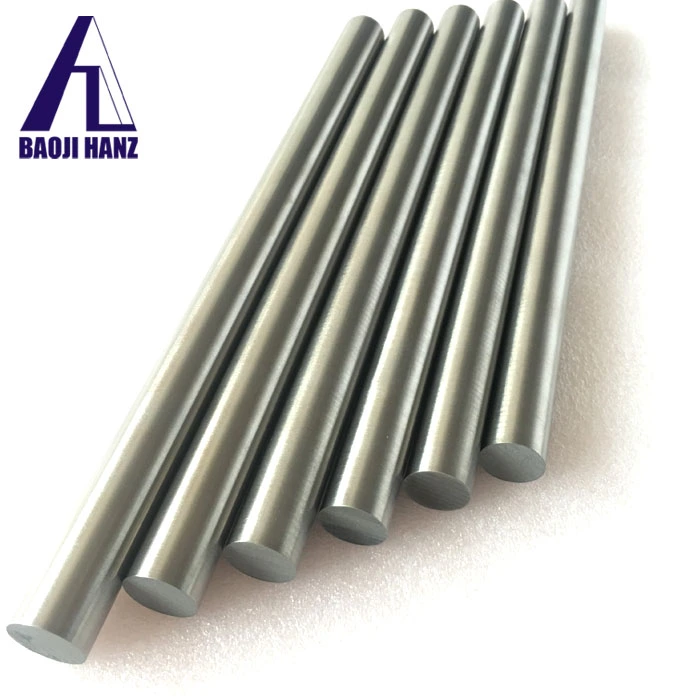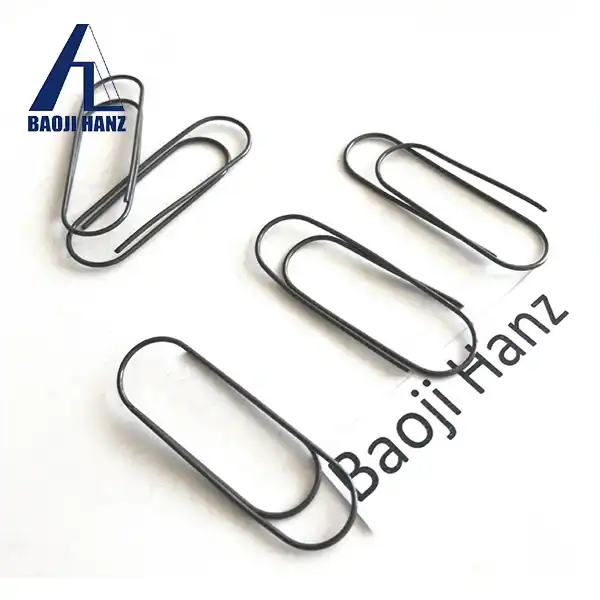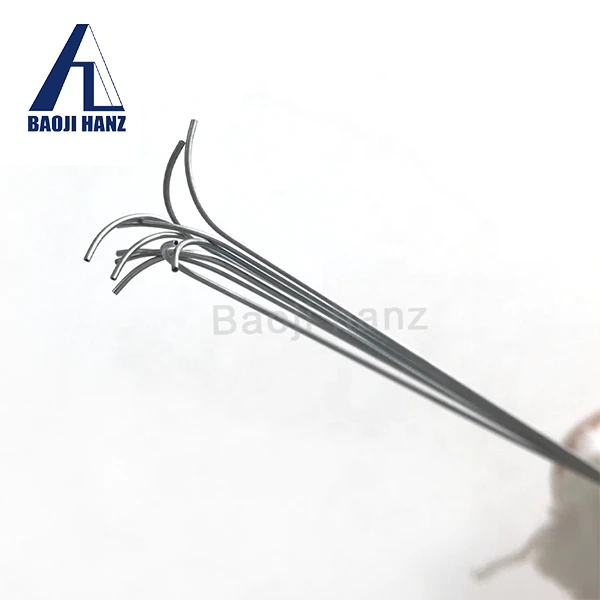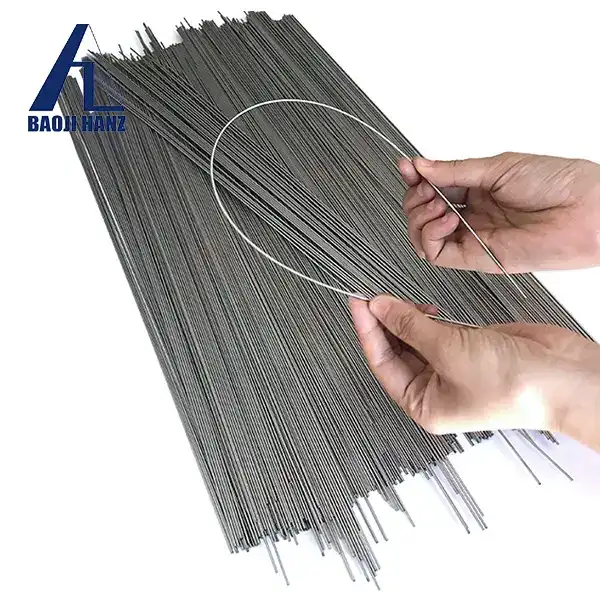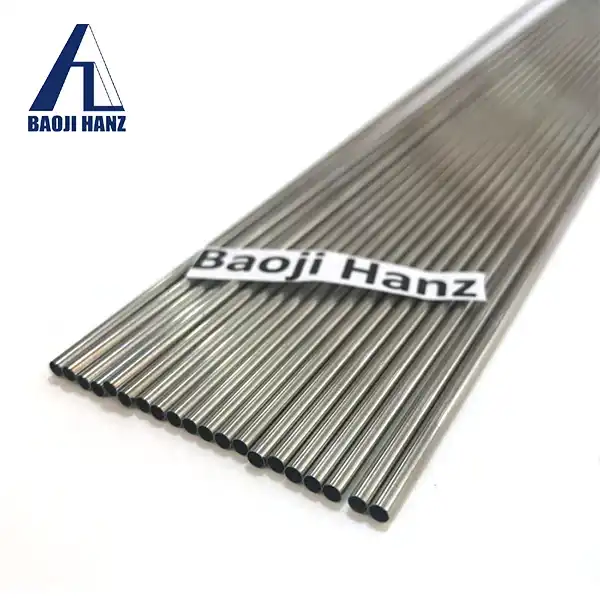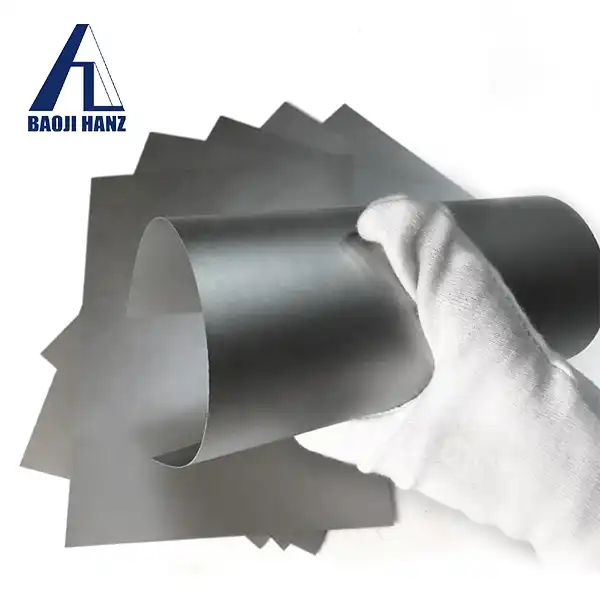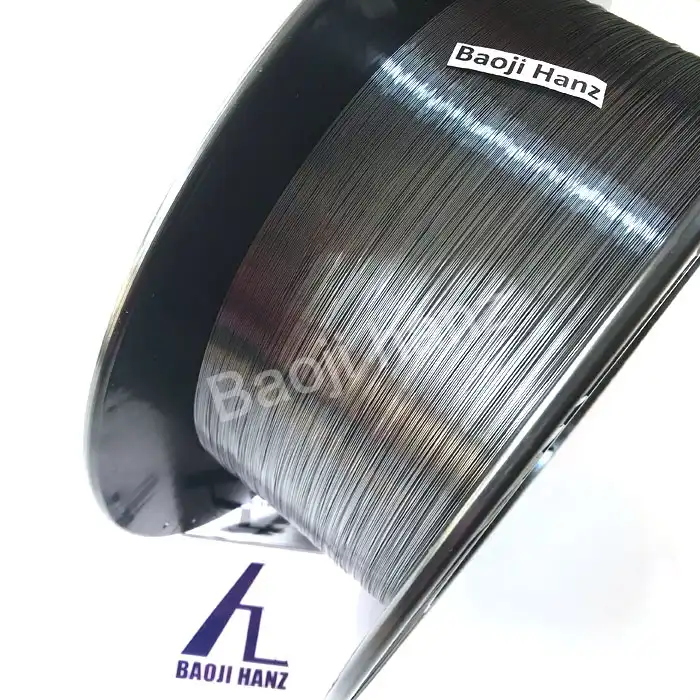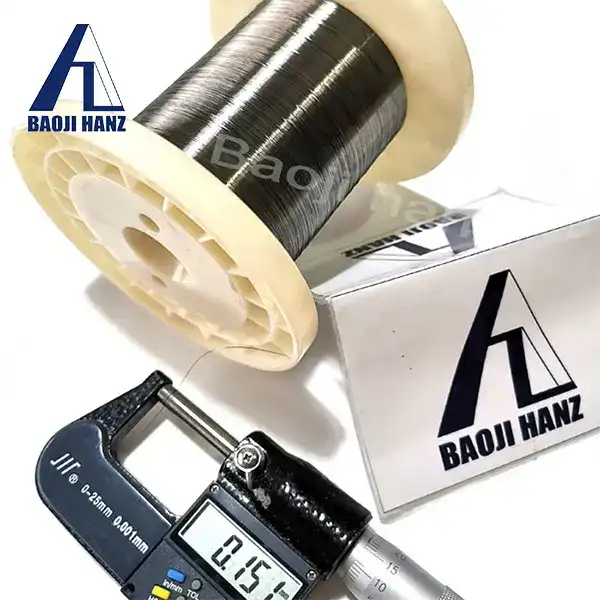How to process nitinol ingots?
2024-07-09 13:27:08
Processing nitinol ingots involves several critical steps to harness their unique properties effectively. Initially, ingots are carefully selected based on desired specifications like shape memory or superelasticity. The ingots undergo precision melting to ensure uniform composition, crucial for consistent performance. Subsequent hot and cold working processes, including forging and rolling, refine the ingots' microstructure to enhance mechanical properties. Heat treatment follows to set the desired shape memory characteristics through controlled cooling and aging processes. Finally, machining and finishing operations shape the nitinol into final products, ensuring precise dimensions and surface qualities. Each step demands strict adherence to parameters to achieve the optimal balance of properties required for various applications, from medical devices to aerospace components.
What are the key properties of Premium Nitinol Ingots?
Premium nitinol ingots possess several key properties that make them highly desirable for various industrial applications, especially in fields requiring advanced material properties and reliability. These ingots are primarily known for their unique combination of shape memory and superelasticity, which are critical for applications where components need to revert to their original shape after deformation. This characteristic allows nitinol ingots to withstand repeated cycles of stress and strain without permanent deformation, ensuring longevity and durability in use.
In addition to shape memory and superelasticity, premium nitinol ingots exhibit high strength-to-weight ratios, making them lightweight yet strong enough to withstand rigorous mechanical stresses. They also demonstrate excellent corrosion resistance, which is essential for applications exposed to harsh environments or biological fluids, such as medical implants. This corrosion resistance contributes to the longevity of nitinol components, reducing the need for frequent replacements and maintenance.
Furthermore, premium nitinol ingots are biocompatible, meaning they are well-tolerated by the human body and suitable for use in medical devices and implants. This biocompatibility ensures minimal adverse reactions when nitinol is used in contact with bodily tissues or fluids, enhancing patient safety and comfort.
The uniformity in chemical composition and microstructure of premium nitinol ingots is another critical property. This uniformity is achieved through precise manufacturing processes and quality control measures, ensuring consistent mechanical properties and performance characteristics across different batches of ingots. It allows manufacturers to predict and control the behavior of nitinol during processing and application, thereby optimizing manufacturing processes and improving product reliability.
In summary, premium nitinol ingots are characterized by their shape memory, superelasticity, high strength-to-weight ratio, corrosion resistance, biocompatibility, and uniformity in properties. These properties collectively make them an ideal choice for applications requiring reliable and high-performance materials, such as medical devices, aerospace components, and other advanced technological applications.
How can Quality Nitinol Ingots improve manufacturing efficiency?
Quality nitinol ingots contribute to improved manufacturing efficiency through several key factors. Firstly, their precise composition and consistent mechanical properties streamline production processes, reducing the need for adjustments and minimizing material wastage. Secondly, these ingots enhance yield rates by ensuring reliable performance during shaping operations like heat treatment and machining, thereby increasing productivity. Thirdly, their uniformity reduces the occurrence of defects and enhances product reliability, lowering costs associated with rework and rejects. Overall, the use of quality nitinol ingots optimizes manufacturing workflows, enhances product quality, and ultimately supports cost-effective production in industries such as medical devices and aerospace components.
What are the best practices for shaping Nitinol Ingots into medical devices?
The best practices for shaping nitinol ingots into medical devices encompass a combination of advanced techniques and meticulous processes. Firstly, it's crucial to employ precise heat treatment protocols tailored to the specific nitinol alloy, ensuring optimal shape memory and superelastic properties. Secondly, utilizing advanced machining technologies, such as laser cutting and EDM (electrical discharge machining), allows for intricate shaping while minimizing material stress and distortion. Lastly, adherence to rigorous quality control measures throughout the manufacturing process ensures that finished medical devices meet exacting standards for biocompatibility, durability, and performance. These practices collectively enable manufacturers to produce high-quality nitinol medical devices that meet stringent regulatory requirements and provide reliable performance in clinical settings.
Conclusion
In conclusion, mastering the processing of nitinol ingots entails leveraging the intrinsic properties of premium nitinol and adhering to best practices endorsed by industry experts. By focusing on quality assurance and technological innovation, manufacturers can unlock new possibilities in medical device development and other high-performance applications.
References
ASM International. "Properties and Applications of Shape Memory Alloys." ASM Handbook, Volume 2B, 2020.
Nitinol Devices & Components Inc. "Quality Assurance in Nitinol Manufacturing." Technical Bulletin, 2023.
Boston Scientific Corporation. "Advanced Nitinol Technology in Medical Devices." White Paper, 2022.
